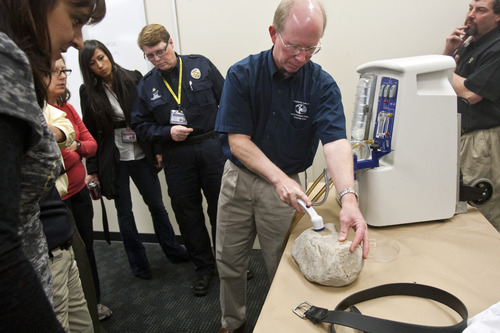Originally posted by Phil Carter
View Post
DNA extraction and analysis should be performed in a sterile environment to avoid further contamination of the samples being analyzed. The subject samples are often already contaminated and degraded when they arrive at the lab, which poses a huge risk of further contamination- not only of the subject item or samples, but of the lab itself.
I haven't read the book, but I'm quite curious about the nature of the so-called "vacuuming" method that was used to obtain samples. Is it a recognized and accepted method of mtDNA collection? Were standard laboratory procedures followed?
Were multiple control samples tested, and were they kept separately under proper sterile conditions in the lab throughout the entire course of the testing? From the various book reviews it sounds as though this fundamental procedure wasn't followed at all, which would be a terrible shame and might preclude any further testing.
What amplification method was used? PCR and Short Tandem Repeats? Given the level of contamination and degradation, what measures did the researcher take to avoid errors of amplification?
If the shawl is really "of Eastern European origin, c. 1820-1840s" that means it would have been between approximately 40 and 68 years old before the year 1888, and could have passed through many hands in "Eastern Europe". How many of those hands might have been of Polish Jewish origin like Kosminski? It's a relatively small genetic pool.
A shawl date of "1820-1840s" introduces several entire generations of Eastern European DNA contamination before the murder of Catherine Eddowes...surely a significant concern to the DNA expert?
Are the answers to these questions documented in the book? If not, will there be a peer-reviewed scientific paper offered at some time in the future that will explain the methodology, analysis and results? I believe another poster said Jari has scheduled some kind of statement or press report in the near future? I'm looking forward to it.
Will the shawl ever be offered to the Victoria and Albert Museum or other recognized antique textile experts for formal unbiased examination and appraisal? (I have my own ideas, and I'd gladly pay to read that report!)
Best regards,
Archaic
PS: I think you meant Richard III.





Comment